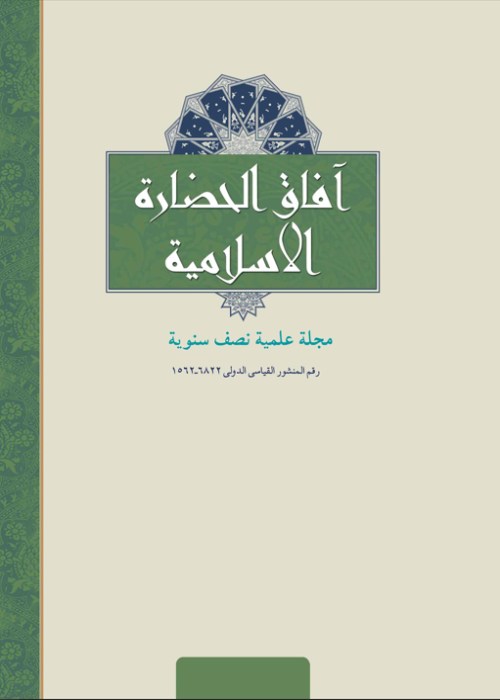Muslims Security Policy towards Quraysh: Case Study of the Siege of the Shi’b Abi Talib
The research is an attempt to uncover the security sense of the early Muslims in Mecca while they were suffering from serious surveillance by the Quraysh. In preparing this study, we faced some questions, namely: Was it the Muqata newspaper that the Quraysh wrote before or after the Prophet (PBUH) descended to the people of Abu Talib? Why did Abu Talib take the decision to go to the people? Were the people of Abu Talib a geographical cover for the protection of the Prophet (PBUH)? Some people may think that the concept of security in Islam is an outsider concept and does not relate to it, but the indisputable fact is that the concept of security work is a necessity of the Islamic community. Since the beginning of the Islamic call, the concern for security was very clear before The Noble Messenger (PBUH), who established his foundations from the beginning of the Meccan period until his death in Medina, so the feeling of security is a goal which is only possible through security stability, and in the event of loss of security, society lives in anxiety, terror and turmoil, and he was my motivation to choose a security issue related to an important stage of the Islamic call, which is the siege of the people of Abu Talib, as we discussed in this research the seriousness and repercussions of what happened before and after the descent of Muslims in the people of Abu Talib, and how to preserve the integrity of the leadership represented by the Noble Prophet (PBUH) and the plans to protect him. We have chosen an important period from their history, which is the siege of the people and how they deal with the siege and prepare for it. As well as their dealings with the Quraysh province for them. The research also showed how Abu Talib dealt with Quraysh and how he devised strategies that would have protected the Holy Prophet (PBUH) from the oppression of Quraysh. In order to give a clear picture of the importance of scientific research, we decided to divide it into an introduction, three topics, and a conclusion. The introduction included the definition of the research and its nature, while the first section came to present the policy that Abu Talib followed towards the Quraysh when he learned that it was inevitable that they had intended to kill the Prophet Muhammad (PBUH) and as a result of that, God’s pleasure followed the camouflage policy that this study will deal with, which is a review that showed Abu Talib declared that he lost the Prophet Muhammad (PBUH) and did not know his whereabouts, and he ordered his followers to carry iron so that they could strike anyone who doubted the reason for that. This review wanted to inform the Quraysh that whoever approaches the Prophet Muhammad (PBUH) is destined to be killed. The second topic was devoted to showing the Muslims’ plans to entrench themselves in the people. As for the third study, it came to show the impact of Abu Talib in defending the Prophet Muhammad (PBUH), if the narrations showed how he was turning the Prophet, PBUH, between the sleep of his four children for fear of being targeted and assassinated, and these narrations showed the nature of the security sense of the early Muslims. Results 1) In addition to the accounts that prove the Islam of Abu Talib (may God be pleased with him), the research has made clear to us not only Islam, but his leadership capabilities and dedication to the defense of the Prophet Muhammad. 2) The research showed us the leadership ability of the person of the Prophet Muhammad (PBUH) in distributing leadership roles among Muslims, especially during the siege. 3)The pressures faced by the Muslims from the Quraysh were an important motivation for them to challenge the circumstances and break the siege by secret methods, on top of which was their knowledge of the Quraysh’s intentions to harass the immigrants of Abyssinia as a pressure card on the Muslims trapped in the people. 4) The research showed us the statue of Hamzah bin Abdul Muttalib, his courage and his resemblance to breaking the siege, after he was wandering around the markets of Mecca without fear. 5) The research showed the importance of early Islamic sources that contained important narratives about the life of the Prophet (PBUH), including specifically the narrations of Ibn Ishaq in his book Al-Sir and Al-Maghazi.
- حق عضویت دریافتی صرف حمایت از نشریات عضو و نگهداری، تکمیل و توسعه مگیران میشود.
- پرداخت حق اشتراک و دانلود مقالات اجازه بازنشر آن در سایر رسانههای چاپی و دیجیتال را به کاربر نمیدهد.


